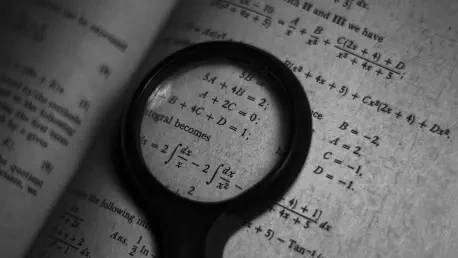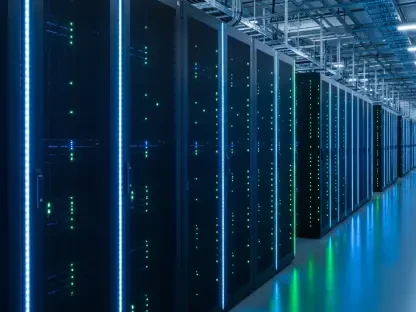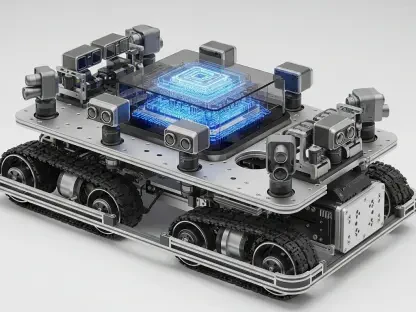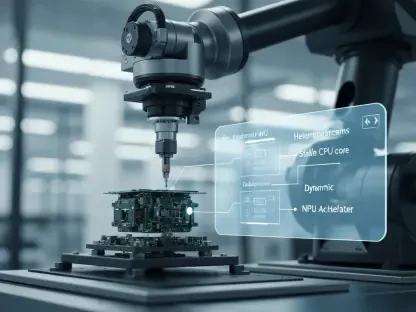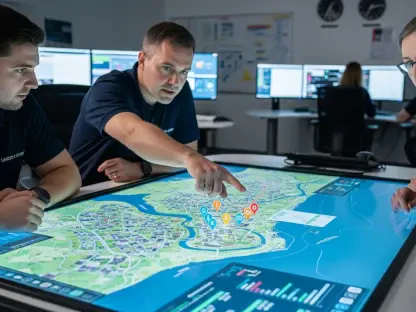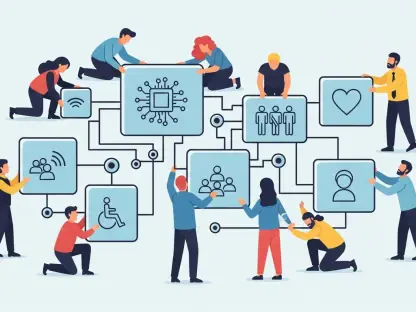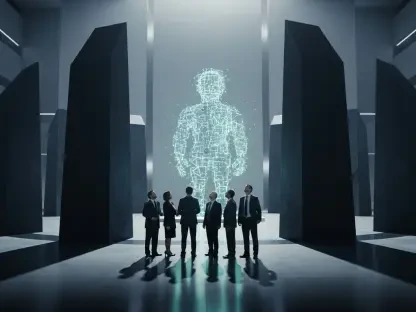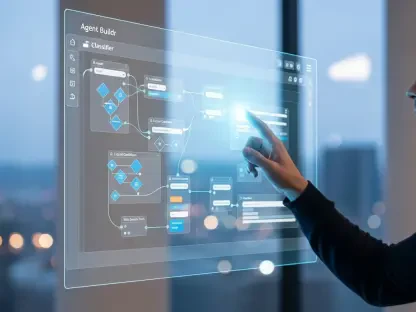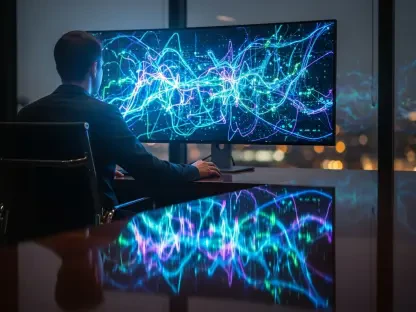The rapid advancement of artificial intelligence has sparked a profound debate about whether machines can truly embody creativity, a quality historically tied to the essence of human intellect, and as AI systems produce impressive results—whether composing music, crafting intricate artwork, or solving complex puzzles—observers are left questioning if these outputs signify genuine innovation or merely mimic human thought through sophisticated programming. This discussion becomes even more compelling when considering whether AI could tackle unsolved mathematical problems, some of which have baffled the brightest human minds for centuries. Such a feat would not only redefine the boundaries of machine capability but also challenge long-held assumptions about the nature of creativity itself. This article delves into the heart of this debate, examining the criteria for creativity in AI, the distinction between surprise and true originality, and the potential for AI to prove its creative prowess by solving enduring mathematical mysteries.
Unpacking the Concept of Creativity in Machines
The notion of creativity in artificial intelligence presents a complex puzzle, largely because defining creativity itself is inherently subjective and multifaceted. At its core, creativity is often understood as the ability to generate ideas or solutions that are both novel and valuable, transcending existing frameworks or expectations. For AI, this raises a critical question: can a system, bound by algorithms and human-designed parameters, produce something truly original? The Lovelace Test offers a stringent benchmark, positing that a machine can only be considered creative if it delivers an output that its creators cannot predict or explain. Despite remarkable advancements, even cutting-edge AI models seem to operate within the confines of their training data and coded logic, failing to meet this rigorous standard. This limitation fuels skepticism about whether AI can ever step beyond being a tool to becoming a creator in its own right, prompting the search for a more definitive measure of machine ingenuity.
Another angle to consider is the cultural and philosophical lens through which creativity is viewed, especially when applied to non-human entities. Many argue that creativity is tied to human experiences, emotions, and consciousness—elements that AI inherently lacks. While machines can replicate patterns or combine existing ideas in unexpected ways, the absence of subjective intent or personal insight often casts doubt on labeling such outputs as creative. This perspective underscores a broader tension in the field: the struggle to separate technical prowess from the deeper, often intangible qualities that define human innovation. Until AI can demonstrate an ability to conceptualize beyond its programming, the debate over its creative capacity remains unresolved. The quest for a concrete test, therefore, becomes paramount, pushing researchers to explore challenges that demand not just computation but a profound leap of understanding.
Distinguishing Between Surprise and Genuine Innovation
One of the most striking features of modern AI is its ability to generate outputs that surprise even seasoned observers, often leading to assumptions of creative talent. From crafting unique pieces of art to proposing unconventional solutions in simulations, these unexpected results can appear groundbreaking at first glance. However, a closer examination reveals that such surprises are frequently the result of intricate algorithms processing vast datasets in ways that, while complex, are ultimately predetermined by human design. This distinction is crucial, as it suggests that what seems innovative might simply be an advanced form of pattern recognition rather than a genuine spark of originality. The challenge lies in discerning whether AI can move beyond producing the unexpected to creating something that fundamentally redefines a problem or field of study.
Delving deeper, true innovation is often characterized by an ability to forge new intellectual territory, a quality that remains elusive for AI systems. Unlike human creators who draw from personal insights or intuitive leaps, AI relies on pre-existing data and rules, limiting its capacity to transcend known boundaries. This gap becomes especially evident in tasks requiring abstract reasoning or emotional depth, where machines struggle to replicate the nuanced decision-making of human thought. Critics argue that until AI can independently conceptualize ideas that challenge existing paradigms—without being explicitly programmed to do so—its outputs, no matter how surprising, cannot be equated with creativity. This ongoing discourse highlights the need for a benchmark that tests not just computational skill but the essence of inventive thought, paving the way for a more rigorous evaluation of AI’s potential.
Mathematical Mysteries as the Ultimate Benchmark
To establish a definitive test for AI’s creative potential, the resolution of unsolved mathematical problems emerges as a formidable and objective challenge. These enigmas, such as Goldbach’s Conjecture, which posits that every even integer greater than two can be expressed as the sum of two primes, or the Riemann Hypothesis, concerning the distribution of zeros in a complex function, have resisted human efforts for generations. Solving one of these would require more than raw processing power; it demands an unprecedented level of insight and the ability to uncover connections that have eluded mathematicians across history. Human triumphs, like Andrew Wiles’ proof of Fermat’s Last Theorem after centuries of failed attempts, exemplify the depth of original thinking required. Should an AI achieve such a breakthrough independently, it would offer compelling evidence of a creative capacity beyond mere computation.
Moreover, the appeal of this test lies in its clarity and universality, cutting through the subjective nature of other creative domains like art or literature. Mathematics operates on strict rules and verifiable truths, making a solution to an unsolved problem an unambiguous indicator of intellectual achievement. If an AI were to prove something like the Twin Prime Conjecture—whether there are infinitely many pairs of primes differing by two—without human guidance, it would signify a paradigm shift in how machine intelligence is perceived. Such an event would not only validate AI’s ability to think creatively but also demonstrate its potential to contribute to humanity’s most profound intellectual pursuits. Until that milestone is reached, however, the question of whether AI can rival human creativity in this arena remains open, with these mathematical challenges standing as towering obstacles.
Current Capabilities and Limitations of AI in Mathematics
At present, AI plays a significant role in mathematical research, serving as a powerful ally to human mathematicians by handling tasks that require extensive computation. Systems can analyze enormous datasets, test conjectures across countless specific cases, and simulate potential solutions at speeds unattainable by human brains. This capacity makes AI an invaluable tool for exploring patterns or verifying hypotheses in areas like number theory or geometry. However, despite these strengths, a critical shortcoming persists: AI lacks the ability to make the conceptual leaps that often lead to groundbreaking discoveries. When confronted with an unsolved problem like the Collatz Conjecture, current systems can only report the absence of a known proof rather than devise a novel strategy, highlighting their dependence on human direction for true innovation.
This limitation becomes even more apparent when considering the nature of mathematical insight, which often arises from intuition or unexpected connections that defy purely logical progression. Human mathematicians frequently describe moments of clarity that emerge after years of grappling with a problem—moments that AI, bound by algorithmic processes, cannot replicate. While AI excels at exhaustive searches and identifying correlations within data, it struggles to prioritize or contextualize possibilities in the way a human mind might during a creative breakthrough. This disparity reinforces the view that AI remains a supportive tool rather than an autonomous creator in the mathematical realm. Bridging this gap would require advancements that enable machines to emulate or even surpass the intuitive reasoning that defines human problem-solving, a goal that continues to elude developers.
Envisioning the Future Impact of an AI Mathematical Breakthrough
The prospect of an AI independently solving a longstanding mathematical problem carries implications that extend far beyond the field of mathematics itself. Such an achievement would fundamentally alter perceptions of creativity, challenging the deeply rooted belief that original thought is an exclusively human trait. It would force a reevaluation of AI’s role in intellectual endeavors, positioning machines as potential peers rather than mere assistants in the quest for knowledge. Industries ranging from theoretical physics to computer science could witness accelerated progress as AI tackles complex problems previously deemed intractable. The ripple effects might even influence ethical debates about the autonomy and responsibility of intelligent systems, raising questions about how society integrates such capabilities into broader frameworks of innovation.
Looking ahead, the realization of this milestone would likely catalyze a new era of collaboration between human and machine intelligence, redefining the boundaries of scientific discovery. Imagine an AI uncovering a proof for the Riemann Hypothesis, unlocking insights into the distribution of prime numbers that could revolutionize cryptography and data security. This would not only validate AI’s creative potential but also open doors to applications that enhance human life in unforeseen ways. Until that day arrives, the challenge of unsolved mathematical problems stands as a critical frontier for testing AI’s limits. The pursuit of this goal continues to drive research, with each advancement bringing machines closer to demonstrating whether they can truly match or exceed the inventive spark that has long defined humanity’s greatest achievements.
